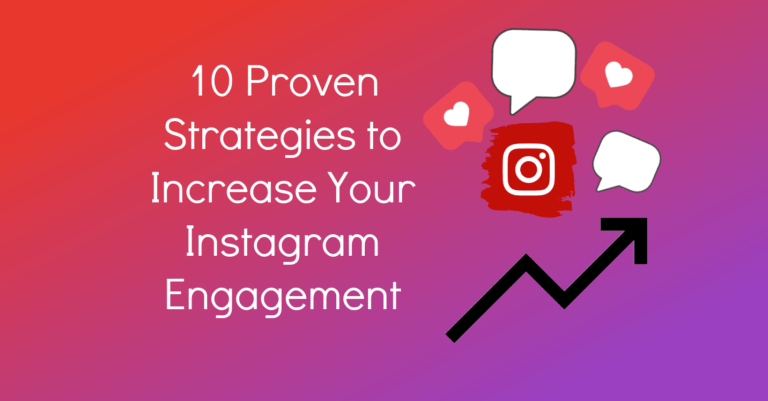Why Brands Need to Create a Content Calendar

Consistency and planning are paramount. One of the most effective tools in a marketer’s arsenal is the content calendar. It’s not just a schedule; it’s a strategic roadmap that guides your brand’s journey through the noisy online world. Let’s delve into why every brand, big or small, needs to embrace the power of a content calendar.
1. Maintaining Consistency
Consistency is key in building brand awareness and loyalty. Your audience expects a regular flow of content that resonates with their interests and needs. A content calendar ensures that your brand consistently delivers valuable content across various platforms, whether it’s blog posts, social media updates, newsletters, or videos. This regularity helps keep your brand top-of-mind and fosters trust with your audience.
2. Strategic Planning
A content calendar allows you to plan your content strategically, aligning it with your overall marketing objectives and business goals. By mapping out your content in advance, you can ensure that each piece serves a specific purpose in your marketing strategy. Whether it’s driving traffic to your website, generating leads, or increasing sales, every piece of content should contribute to your overarching goals.
3. Efficient Resource Allocation
Creating content can be a time-consuming process that requires coordination between various teams, such as writers, designers, and marketers. A content calendar helps streamline this process by providing a clear roadmap of what content needs to be created, who is responsible for creating it, and when it needs to be published. This efficient allocation of resources ensures that everyone is on the same page and working towards common objectives.
4. Adaptability and Agility
While planning is essential, the digital landscape is also inherently unpredictable. A content calendar provides a framework for your content strategy, but it should also allow for flexibility and adaptation to unforeseen events or trends. With a content calendar in place, you can easily adjust your content schedule to capitalize on emerging opportunities or address unexpected challenges without losing sight of your long-term objectives.
5. Improved Content Quality
Quality should never be sacrificed for the sake of quantity. By planning your content in advance, you give your team the time and resources they need to create high-quality content that resonates with your audience. Whether it’s conducting research, brainstorming ideas, or refining drafts, having a content calendar allows you to prioritize quality over quantity and deliver content that truly adds value to your audience’s lives.
6. Enhanced Collaboration
A content calendar serves as a centralized hub where all stakeholders can collaborate and contribute to the content creation process. By providing visibility into upcoming content initiatives, deadlines, and responsibilities, it fosters better communication and collaboration between teams. This cross-functional alignment ensures that everyone is working towards common goals and helps prevent last-minute scrambles or misunderstandings.
To Sum It Up
In summary, a content calendar is not just a scheduling tool; it’s a strategic imperative for brands looking to succeed in today’s digital landscape. By maintaining consistency, planning strategically, allocating resources efficiently, staying agile, prioritizing quality, and fostering collaboration, brands can leverage the power of a content calendar to drive meaningful results and build lasting relationships with their audience. So, if you haven’t already embraced the art of content calendaring, now is the time to start!
Have you ever created a content calendar? Don’t know where to start? Contact me today. I’ve been creating content calendars for brands for the past few years. I can help you create, plan and organize your social media content.
Thank you for stopping by!
Until next time!
-Belkis





